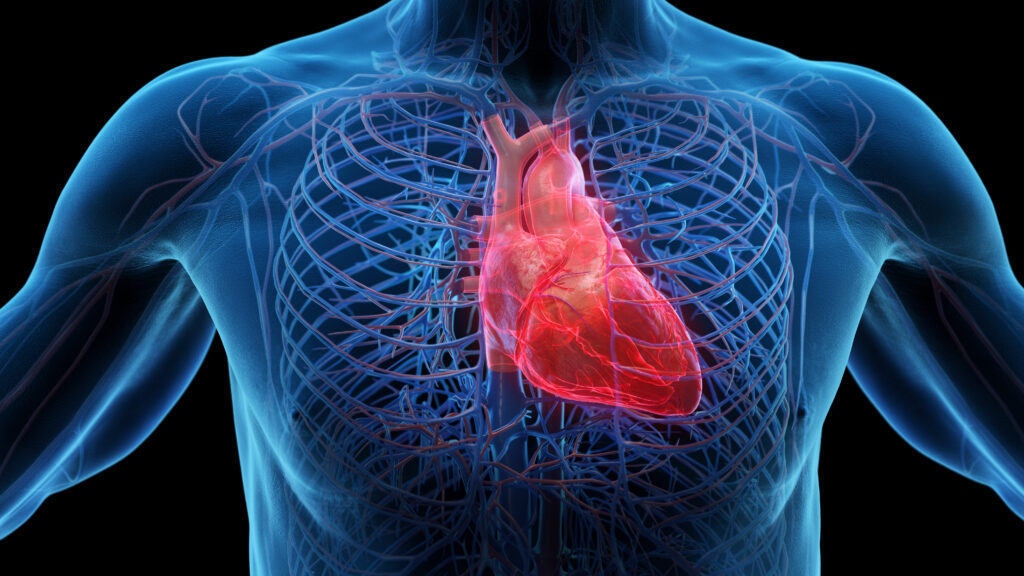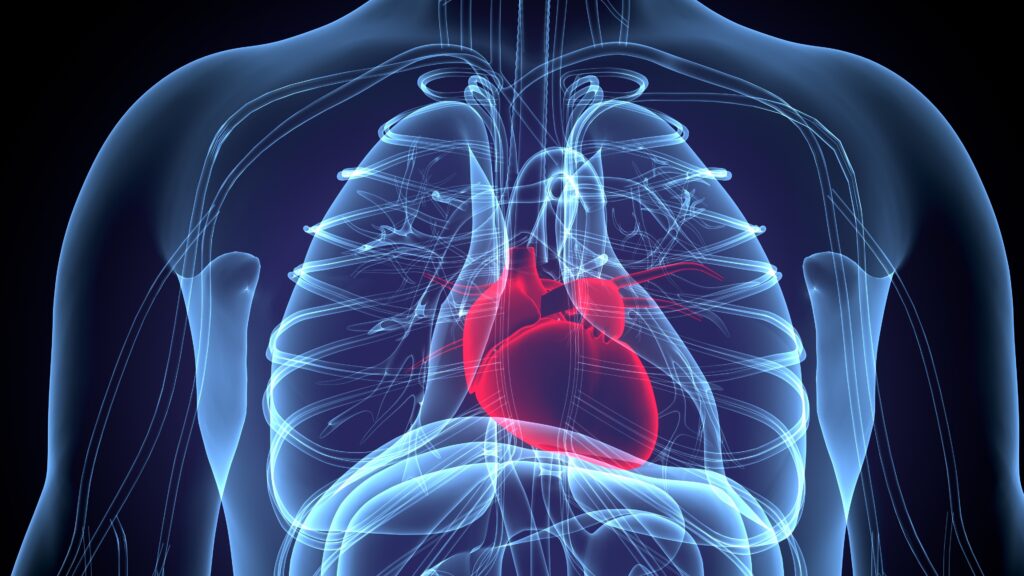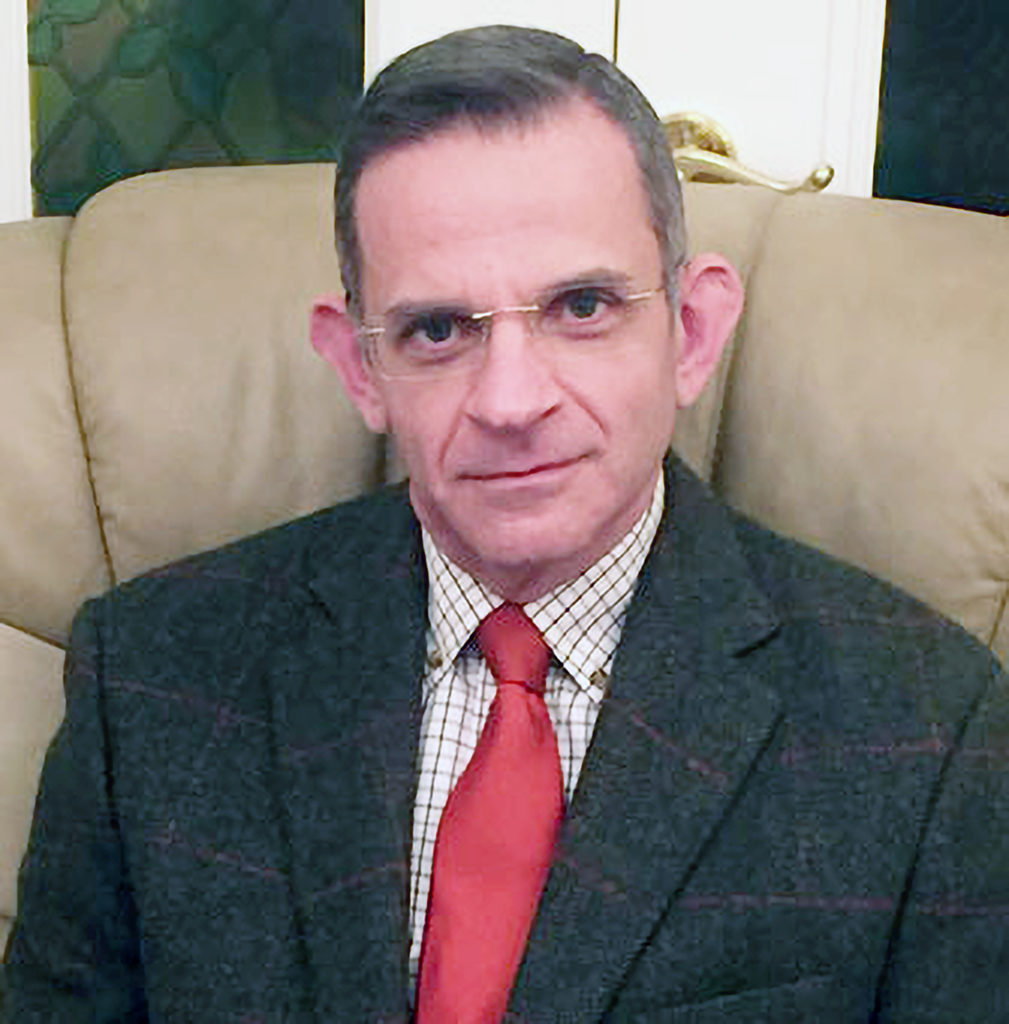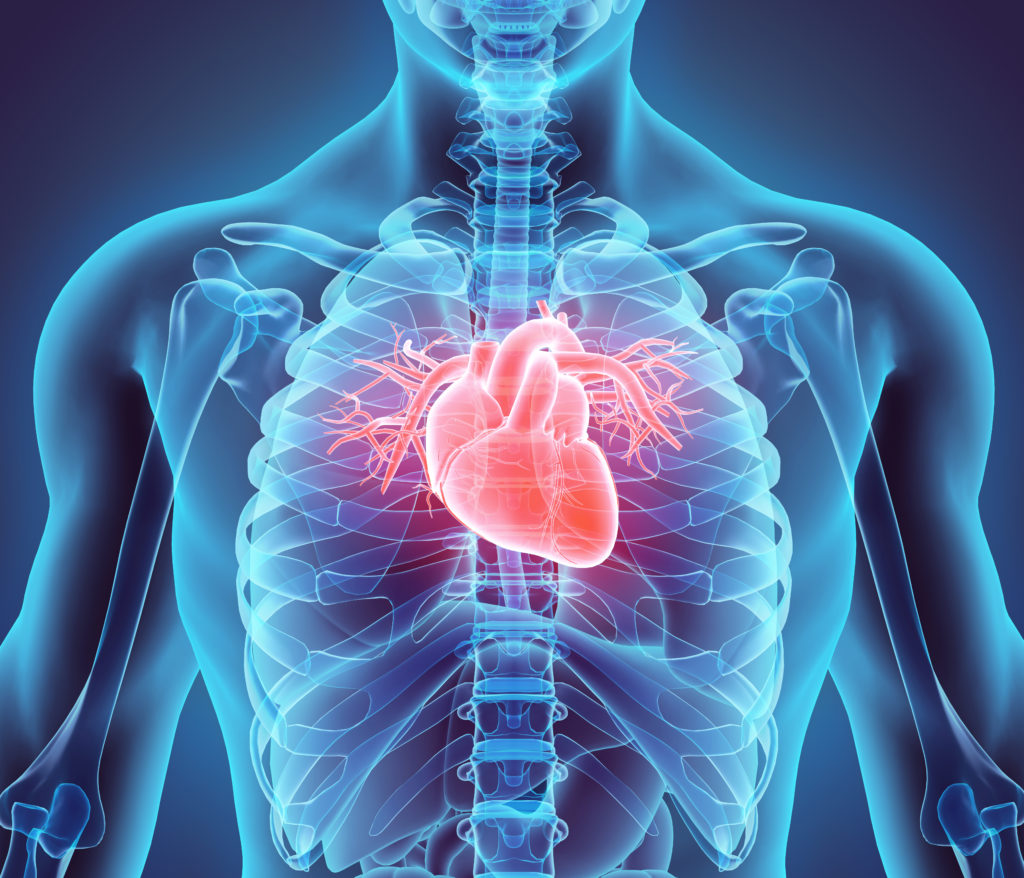Introduction: DC-cardioversion of atrial fibrillation may be immediate or delayed after shock delivery. What characterises each phenomenon is not clearly known.
Patients and methods: A total of 100 patients with persistent atrial fibrillation were reverted to sinus rhythm with DC cardioversion. One group showed immediate reversion and the other showed delayed reversion after shock delivery. The duration of the atrial fibrillation, the ventricular rate range before reversion, the preceding drug therapy, patient weight and left atrial (LA) size were studied in these two groups of patients to determine which factors affect reversion pattern.
Results: From a total of 115 patients with persistent atrial fibrillation exposed to DC cardioversion, 100 (80%) patients who reverted to sinus rhythm were included. Of these patients, 60 reverted immediately and 40 showed delayed reversion. The average ventricular rate (VR) was faster in the immediate group at 165 versus 125 in the delayed group. The LA size was larger in the delayed group. Preceding drug effect was not significant in either group. The duration of the arrhythmia was shorter in the immediate group.
Conclusion: The delayed or immediate reversion of atrial fibrillation to sinus rhythm with DC shock was governed by the VR preceding the reversion, the duration of the arrhythmia and the LA size.












